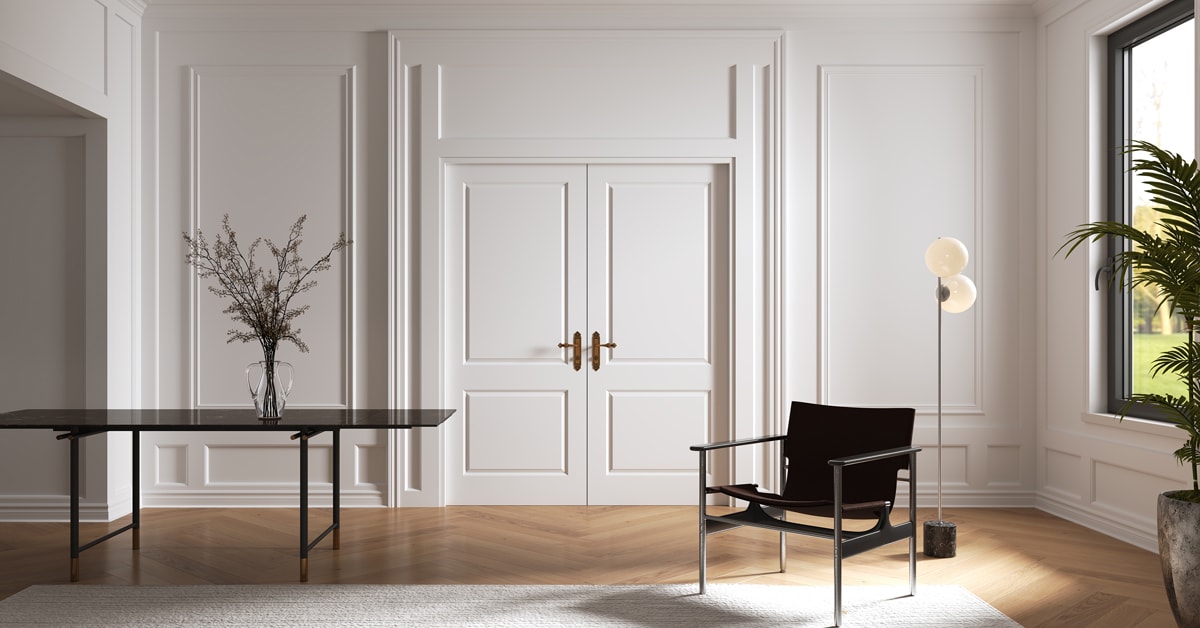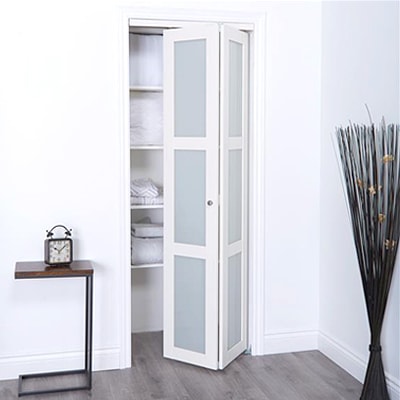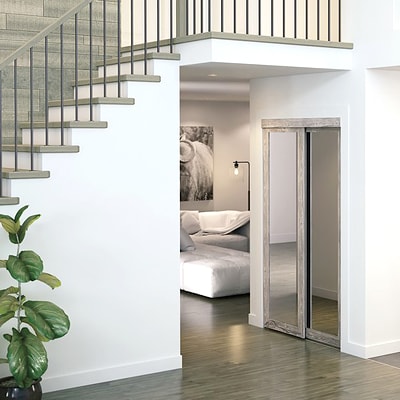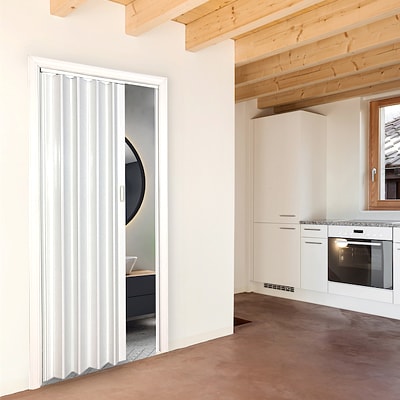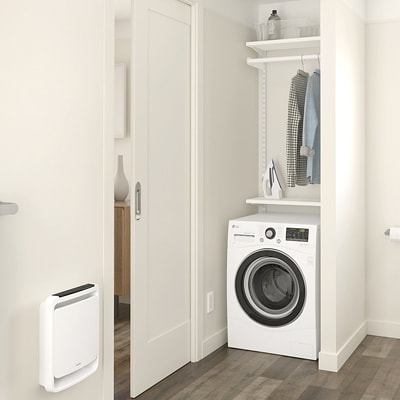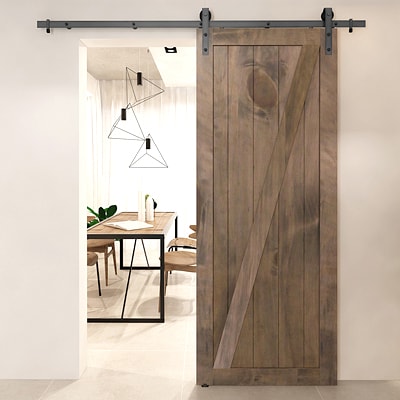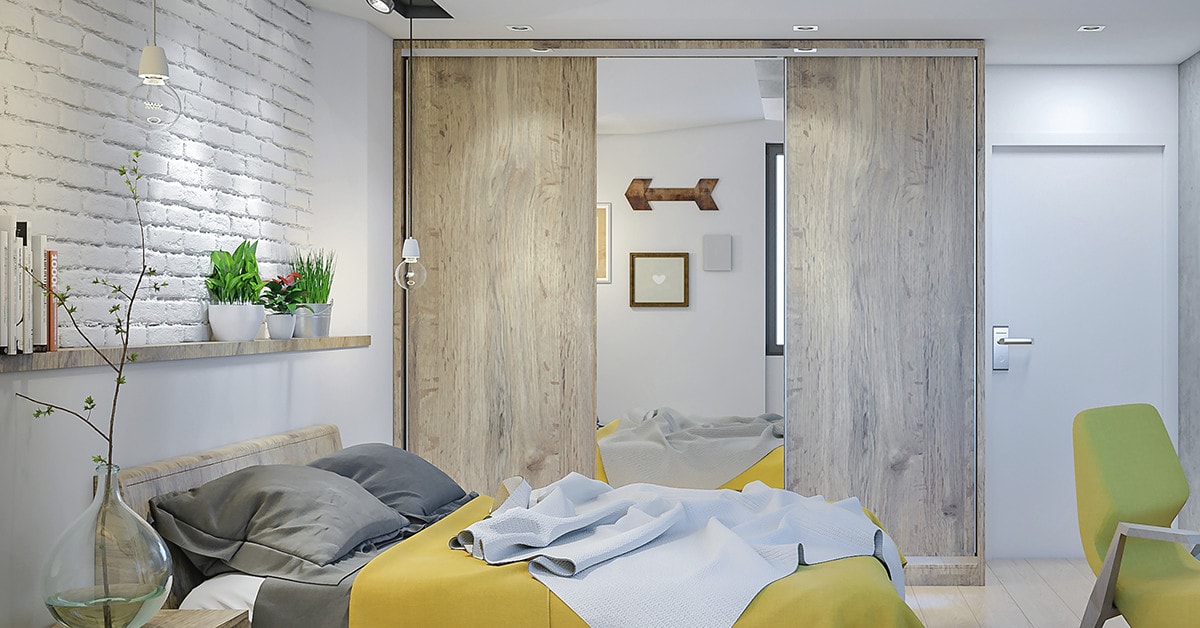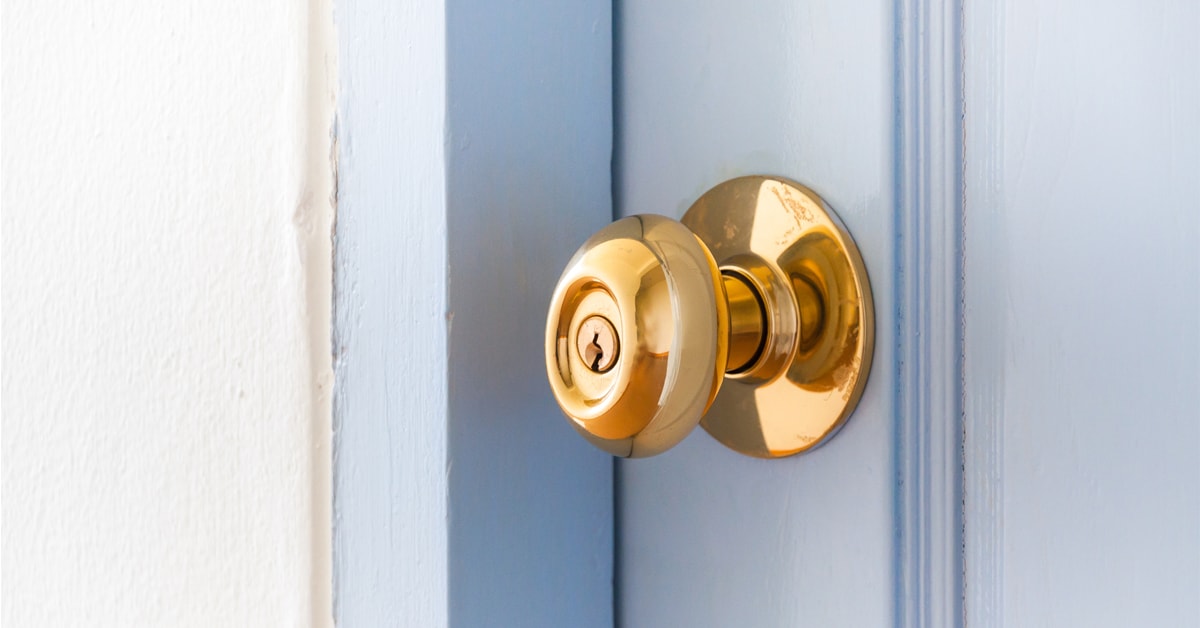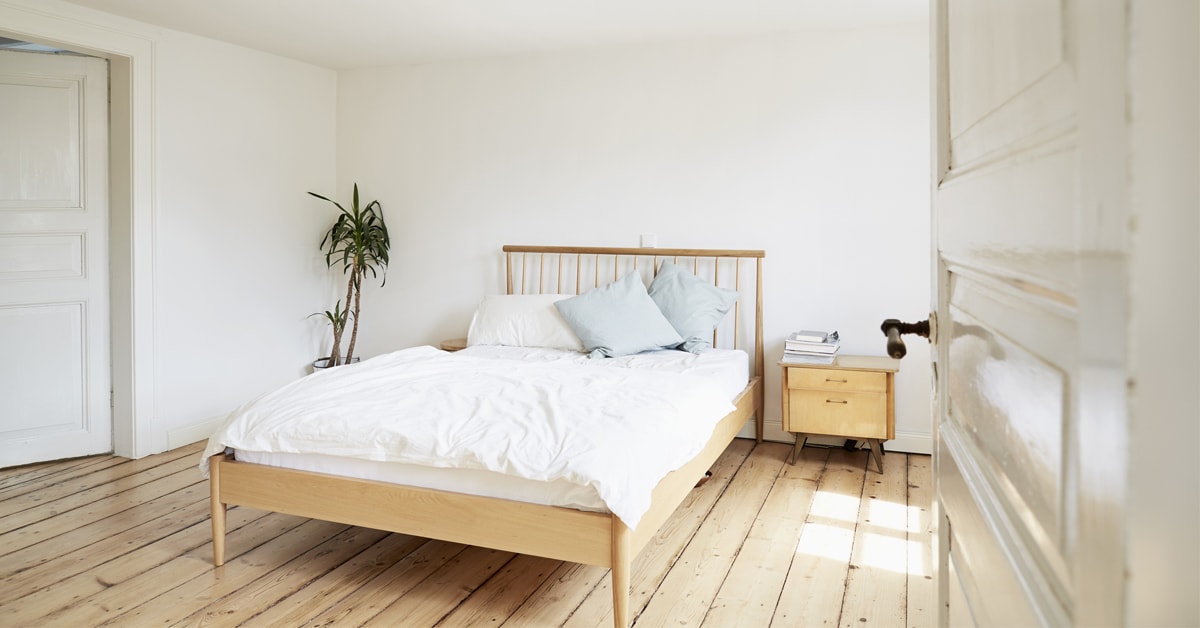Before You Start
From modern to timeless, there are many door styles to choose from that will help bring out the character of your home.
Simple doors with a flush design or with thin embossed lines provide a streamlined look that embodies minimalism and/or a contemporary design. Doors with clean lines convey traditional craftsmanship and blend easily with surroundings, while doors with familiar designs have universal appeal, adding definition to any space.
You should also take into consideration how you intend to finish your door (such as with paint or stain) to help narrow your choice.









